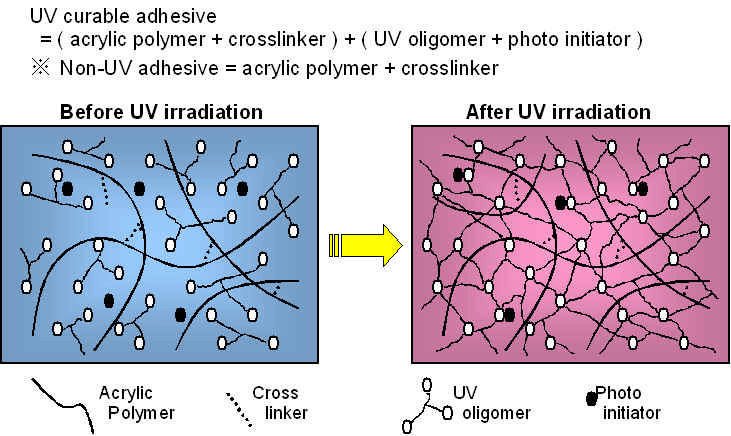Introduction
Ozone depletion is a serious problem which will affect us and the ecosystem in many ways.
Explanation
Since the ozone layer filters out most of the sun’s ultraviolet (UV) radiation, ozone depletion will allow more UV rays to reach the earth. Exposure to high amounts of UV radiation will have negative impact on the society in many different layers:
Harm to human/animal health:
There will be more cases of skin cancers, sunburns and premature aging of the skin. Not only our skin will be affected, long exposure to UV radiation will also cause damage to several parts of the eye, such as the lens, cornea, retina and conjunctiva which may lead to cataracts (clouding of the lens), blindness and other eye diseases. Furthermore, our immune system (immunosuppression) will be weaken significantly.
Like humans, animals are also adversely affected by the increase in the exposure of UV radiation.
Negative impacts on agriculture, forestry and natural ecosystems:
Several crops such as wheat, rice, barley, oats, corn, soybeans, peas, tomatoes, cucumbers, cauliflower, broccoli and carrots are vulnerable to increased UV, resulting in reduced growth, photosynthesis and flowering. This may lead to less food being produced and can hike up the price of these essential food.
Damage to marine life:
Planktons are also threatened by increased UV radiation. As planktons are the main food source of many aquatic organisms, the decrease in the population of plankton can upset the ecosystem of marine life. For example, decrease in plankton numbers could disrupt the fresh and saltwater food chains causing a loss of biodiversity in our oceans, rivers and lakes which in turn could reduce fish yields for commercial and sport fisheries. The health of young marine animals such as young fishes, shrimp larvae and crab larvae have been threatened by the increase in exposure to UV radiation.
Effects on materials:
Wood, plastic, rubber, fabrics and many construction materials are degraded by UV radiation. We now need to replace and protect them more often hence costing us significantly more amount of resources.
Misconceptions
1) Ozone depletion is part of the natural cycle, so any changes and the hole is nothing to worry about.
While ozone formation and depletion is constantly and naturally occurring, human activities have significantly increased the production of CFCs and HCFCs therefore, speeding up the depletion of ozone much more than it would have naturally. Furthermore, the ‘hole’ in ozone layer is actually a decrease in concentration of ozone in the stratosphere and not an actual ‘hole’ in a static location, and this decrease in concentration will become increasingly worrying taking into account the aforementioned consequences.
2) The hole in the ozone layer causes global warming.
While the hole in the ozone layer and global warming are related, ozone depletion is fundamentally a different issue from global warming. The hole in the ozone layer is the result of CFCs and HCFCs, which has been banned by an international agreement, the Montreal Protocol, in the early 21st century. This hole allows more UV radiation to enter Earth and reach humans however, the increase exposure to UV radiation does not affect the Earth’s temperature.
In contrast, global warming is about the exceptional rise in global temperatures around the world, which is not a result of the increase in UV radiation. With that said, global warming could potentially slow down the repair of ozone layer because by heating up the lower atmosphere, the stratosphere above could become cooler, worsening the natural repairing of ozone.
3) There is nothing we can do about the hole in ozone layer, it is already too late.
This is obviously not true because naturally, ozone will try to repair itself. However, it is also depleting with the CFCs and HCFCs released previously acting as catalysts. Hence, it is important that we reduce the presence of these radicals in order for the repair of ozone to overcome the depletion, helping our ozone layer to slowly close back the hole over time.
4) CFCs are heavier than the atmospheric air and will not rise up into the Ozone layer. It is not the one causing ozone depletion!
While CFCs, HCFCs and other ozone depleting substances are indeed heavier than the air and will sink down to the bottom in a still room, we have to realise that the atmosphere is never still. In fact, with the presence of wind in the atmosphere, these substances are often mixed uniformly with the atmospheric air across the globe. The presence of wind makes the original location of these ozone depleting substances irrelevant because they will ultimately find their way up into the stratosphere. This coincides with the numerous measurements in the stratosphere which has identified presence of CFCs and other ozone-depleting substances.
5) Ozone depletion only occurs in the Antarctica.
Ozone depletion is actually an overall decrease in concentration of ozone in the stratosphere and by diffusion, such decrease in concentration affects the stratosphere as a whole, not just a part of it. However, due to the presence of external elements like wind, latitudes and pressure differences, it has been noted that some parts of the Earth do experience a greater impact from the depletion of ozone. This do not mean Antarctica is the only place affected because satellite measurements of ozone over the North America, in Switzerland and other nations has indeed show a sharp drop in ozone concentrations, even though it may not have been as serious as the decline in the Antarctica region.
References
B.C. Air Quality. (n.d.). Retrieved March 15, 2015, from http://www.bcairquality.ca/101/ozone-depletion-impacts.html
10 Common Misconceptions About Global Warming. (2011, December 2). Retrieved March 26, 2015, from http://www.prevention.com/health/healthy-living/10-global-warming-misconceptions





